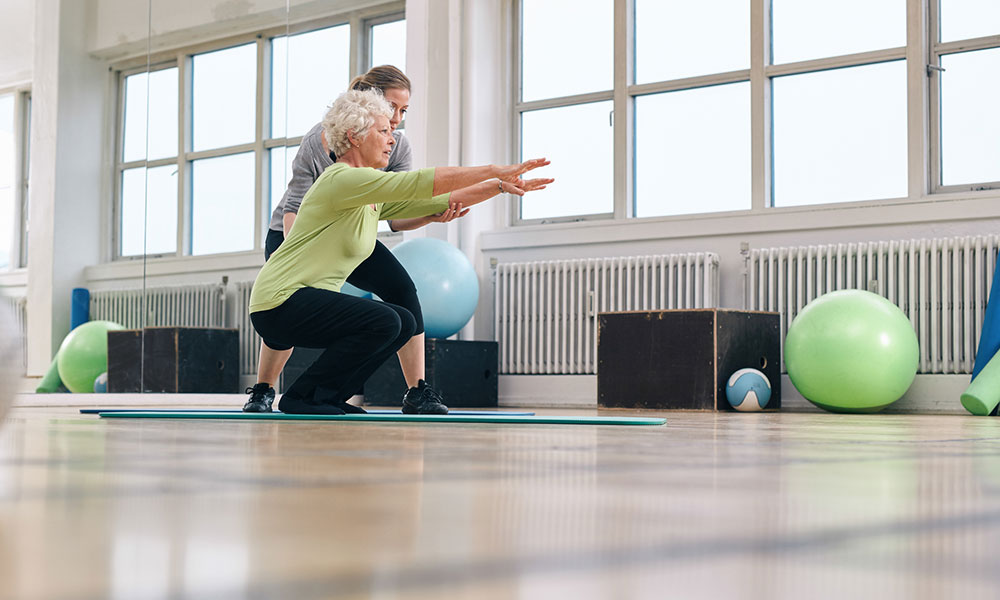
Squat Challenge Looks to Help People Better Understand Chronic Pain
The American Chronic Pain Association's “Give a Squat 4 Pain” campaign hopes to garner understanding and donations for those living with chronic pain.
September is “Pain Awareness Month,” and with a new campaign, the American Chronic Pain Association wants people to Give a Squat 4 Pain.
To participate, ACPA is asking people to squat against a wall (or any vertical surface), holding the position for as long as they can. After feeling the burn, they should head over to ACPA’s website to make a donation and then challenge others to do the same by posting #GiveASquat4Pain on social media.
The idea is that people should remember that pain from that wall squat, then get up and try to carry on [with their] daily activity with that pain,” said Penney Cowan, founder and CEO of the ACPA. “I don’t think people realize how much effort and how brave and how strong these people [suffering from chronic pain] are to be able to continue to carry on.”
According to ACPA, there are 100 million people in the United States living with chronic pain, and for most of them, it’s an invisible agony—not unlike a wall squat.
A wall squat can “become quite painful,” Cowan said. “The longer you hold it, the more painful it is—and if you look at the people, they look fine. You can’t see that pain. You can’t see that burning in their legs, and that’s sort of how chronic pain is. We can’t see the pain that people are feeling, but it’s still very much real.”
Along with helping people better understand chronic pain, ACPA hopes that participants will also donate to the group so it can continue providing resources, information, services, and community to both people living with chronic pain and their supporters.
“People do need to give a squat and really support the ACPA and the work we’ve been doing for the last 37 years,” Cowan said. “We work totally on donations, and all the services we provide are free. … We need their support to continue our work.”
Still, success to Cowan looks like reaching “that one person out there that really believes that no one cares and that they are all alone because they’re not, and I think that’s the most important message—that you’re not alone. There are people out there. There is hope, and there is help.”
(jacoblund/iStock/Getty Images Plus)






Comments